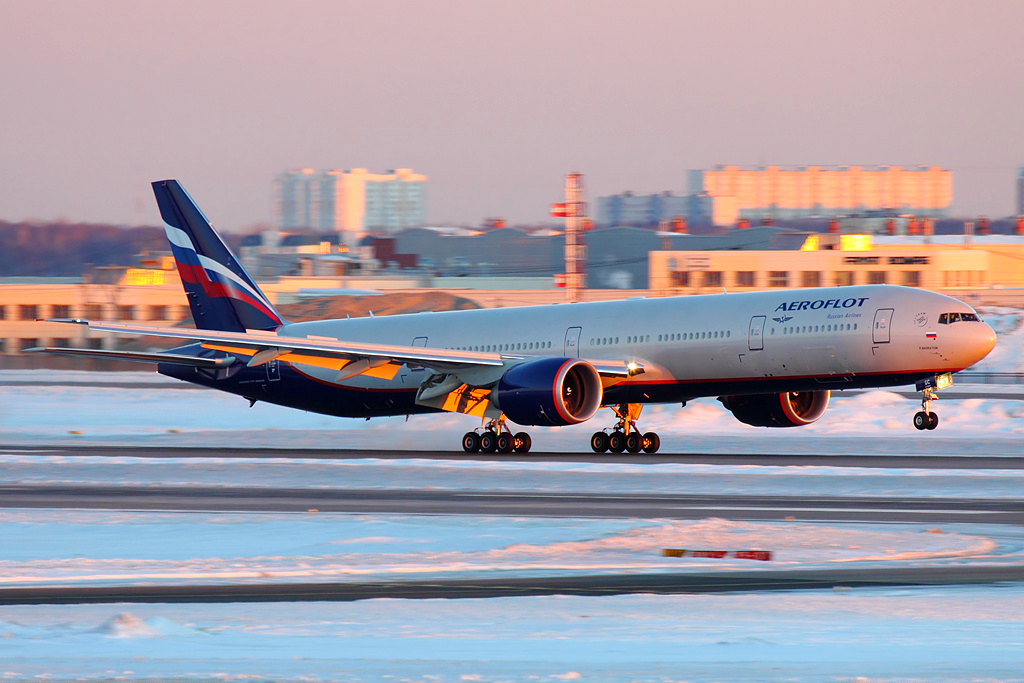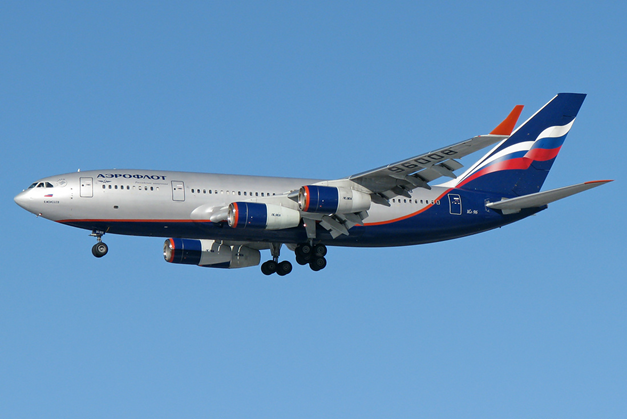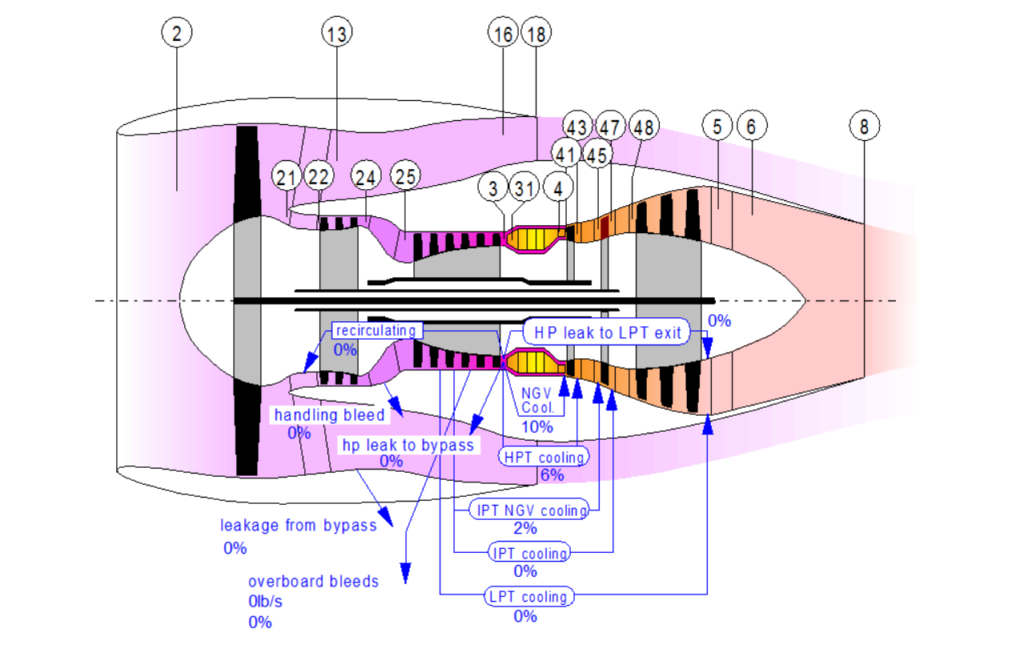Leeham News and Analysis
There's more to real news than a news release.
Chinese and Russian Widebody takes shape: Part 2.
By Bjorn Fehrm
Subscription Required
Introduction
January 18, 2018, © Leeham Co.: In the first article about the Chinese/Russian widebody, the CR929, we described the route to a joint program company and the launch of the project.
We now analyze the aircraft, based on available information. With the information, it’s possible to model the aircraft in our performance model and get the first understanding of performance and efficiency.
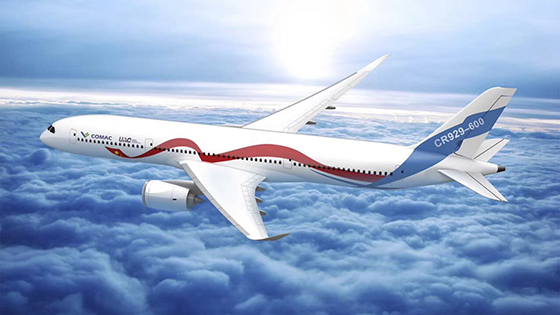 Summary:
Summary:
- The CR929-600 is closely modelled after the Boeing 787-9. The overall design and dimensions are similar.
- The major difference to the 787-9 is in cabin width, allowing comfortable nine abreast seating, and the Maximum Take-Off Weight (MTOW).
- The decision to design CR929-600 for a lower MTOW has restricted range to 6,500nm with the nominal cabin capacity of 280 passengers.
Chinese and Russian Widebody Project takes shape
By Bjorn Fehrm
Subscription Required
Introduction
January 15, 2018, © Leeham Co.: The Chinese and Russian Widebody program started in earnest over the last year. After signing a joint venture agreement in 2016, the project now has a joint management company, CRAIC, formed 22nd of May 2017, and standing for China-Russia Commercial Aircraft International Corporation.
The company will have final assembly and management located in Shanghai. The aircraft has also got its final name, CR929-600. It will hold 280 passengers in a three-class cabin with a range of 6,500nm, Figure 1.

Figure 1. The CRAIC CR929-600, the main aircraft in the Chinese-Russian widebody program. Source: CRAIC.
Summary:
- The Chinese and Russian widebody program has taken off after the joint company was established spring 2017.
- The organization of the company is set, with the Chinese taking the rudder by the power of a five times larger market and economy and a 10 times larger population.
- The joint company, CRAIC, issued its first vendor RFP to GE and Rolls-Royce before Christmas for the aircraft’s propulsion system.
Read more
US ponders Russia sanctions, some affecting US aerospace
 Oct. 27, 2017, © Leeham Co.: The US is considering new trade sanctions against Russia, and Russia is considering retaliatory sanctions, that could have major implications in US aerospace—including on Boeing.
Oct. 27, 2017, © Leeham Co.: The US is considering new trade sanctions against Russia, and Russia is considering retaliatory sanctions, that could have major implications in US aerospace—including on Boeing.
The US sanctions would be for meddling in the US presidential election in 2016 and for activities in Eastern Europe. The Russian sanctions are a tit-for-tat retaliation if the US sanctions are adopted.
Among the Russian companies that may be targeted:
MC-21 and C919 compared. Part 3.
By Bjorn Fehrm
Subscription required.
Introduction
June 15, 2017, ©. Leeham Co: We continued the comparison of Irkut’s MC-21 and COMAC’s C919 last week with an analysis of the cabins and systems. The week before, we compared project time plans, structures and aerodynamics.
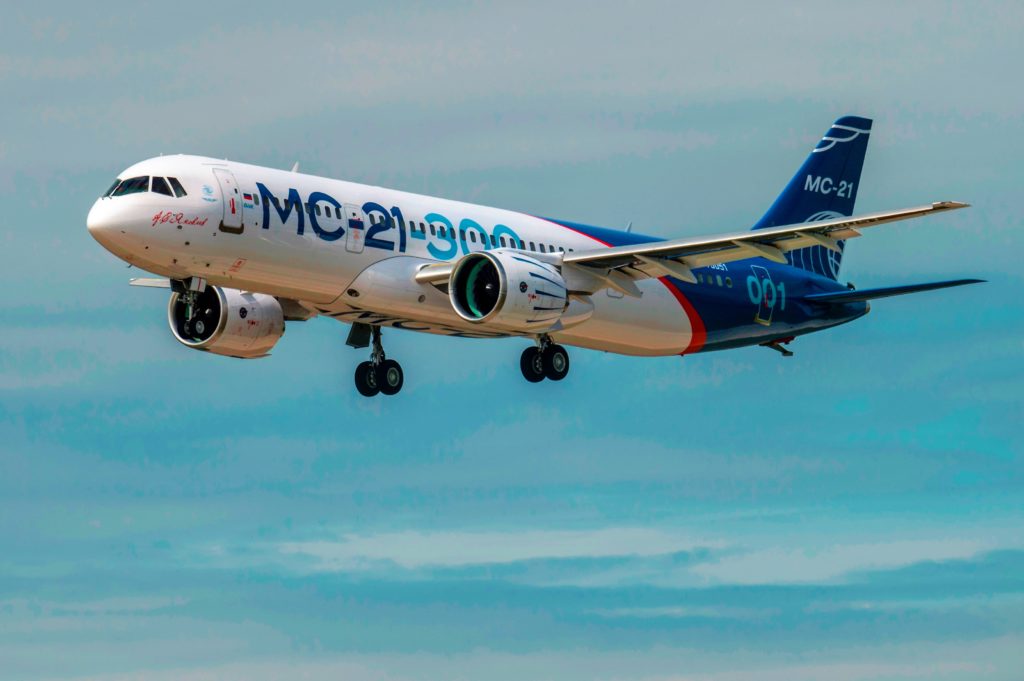 Now we finish with an analysis of the economics of the aircraft.
Now we finish with an analysis of the economics of the aircraft.
Summary:
- The MC-21 is the more advanced aircraft of the two. It uses carbon composites for the wings and empennage.
- Coupled with more refined aerodynamics, the MC-21 offers a higher efficiency than the more classical C919.
MC-21 and C919 compared. Part 2.
By Bjorn Fehrm
Subscription required.
Introduction
June 08, 2017, ©. Leeham Co: We started the comparison of Irkut’s MC-21 and COMAC’s C919 last week. We compared project time plans, structures and aerodynamics.
Now we continue with the comparison of cabin capacities and systems.
Summary:
- The C919 cabin is a slightly longer copy of the Airbus A320 cabin. MC-21 sets new standards for cabins in the single aisle segment.
- Both aircraft use Western systems to ease development and improve in-service reliability.
MC-21 and C919 compared
By Bjorn Fehrm
Subscription required.
Note: With the first flight of the Irkut MC-21 in the weekend, we move the Qantas Ultra Long Haul article Part 2 to a later date.
Introduction
June 01, 2017, ©. Leeham Co: Irkut’s MC-21 and COMAC’s C919 both completed their first flights during last month. Both are new competitors in the market’s hottest segment, that for 150 to 240 seats.
They both challenge the present rulers: Airbus’ A320 and Boeing’s 737 MAX. We made first analysis of the aircraft against their Western competition here, here and here.
We now dig deeper with a direct comparison between the MC-21 and C919 projects.
Summary:
- In the first article, we compare the projects, the structural concepts and the aerodynamics of the MC-21 and C919.
- Follow up articles will compare systems, cabins and overall performance for the aircraft.
Aeroflot, the route to a modern airline. Part 3
By Bjorn Fehrm
April 26, 2017, ©. Leeham Co: In our third article about Aeroflot, we cover the period from 2010 to today. During this period, Aeroflot started a strategic change. The airline decided to grow to a global world leader.
To get there, the group needed a multi-brand strategy. The top brand, Aeroflot, should develop into a top tier premium airline. To understand the considerable changes Aeroflot needed to go trough for this strategy, we talked to Aeroflot’s Deputy CEO Strategy and Alliances, Giorgio Callegari, about the transformation.
Callegari took us through the journey to a Four-star airline and the ranking of Aeroflot as the world strongest airline brand in its area of operation. To validate the improved ratings, we contacted Skytrax and Brand Finance, the issuers of the ratings. Read more
Aeroflot, the route to a modern airline, Part 2
By Bjorn Fehrm
April 19, 2017, ©. Leeham Co: In our second article about Aeroflot, the Soviet Union flag carrier that transformed to a modern airline, we will cover the period from the fall of the Soviet Union until 2010.
This was the difficult period for all participants. The old structures no longer existed and were replaced with… nothing, followed by uncertainty and a long struggle to get back to normal.
Bjorn’s Corner: Aircraft engines, sum up
April 14, 2017, ©. Leeham Co: We’ve been talking engines on Fridays since October 2016. The Corners covered several areas, from technologies to operations.
And we could go on and dig deeper. But we will move on.
Before we go, we sum up what we have learned in the 24 Corners around airliner Turbofans.
Irkut MC-21 missing ultimate load test
By Bjorn Fehrm
April 05, 2017, ©. Leeham Co: United Aircraft’s IRKUT MC-21 passed 90% of the static Ultimate load test end February at the TsAGI test institute in Moscow, reports ATO.RU. But the aircraft failed the 100% test.
The test simulates a load which is 150% higher than the highest load that the aircraft should be subject to in its operational life. The test failure does not stop the aircraft from beginning flight testing, for that the aircraft needs to pass the limit load test (highest load during flight), which it has.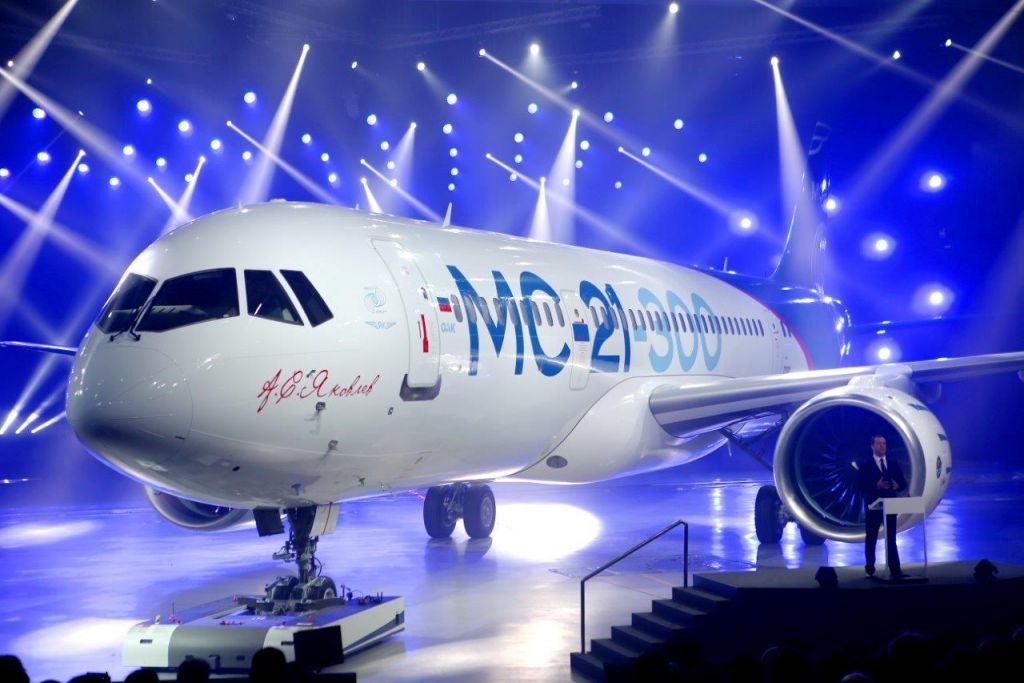 Missing the Ultimate load test for new airliners is nothing unusual. The designers tries to pass this test with the smallest possible margin. Any excess margin will make the aircraft unnecessary heavy. Other aircraft to have missed the test are Mitsubishi Aircraft’s MRJ, Airbus’ A380 and Boeing’s 787.
Missing the Ultimate load test for new airliners is nothing unusual. The designers tries to pass this test with the smallest possible margin. Any excess margin will make the aircraft unnecessary heavy. Other aircraft to have missed the test are Mitsubishi Aircraft’s MRJ, Airbus’ A380 and Boeing’s 787.
According to ATO.RU, who quotes IRKUT, the reinforcements in the wingbox necessitated by the failure will weigh 25kg. It’s not clear if the changes will affect the start of test flights. These should have started during April.


